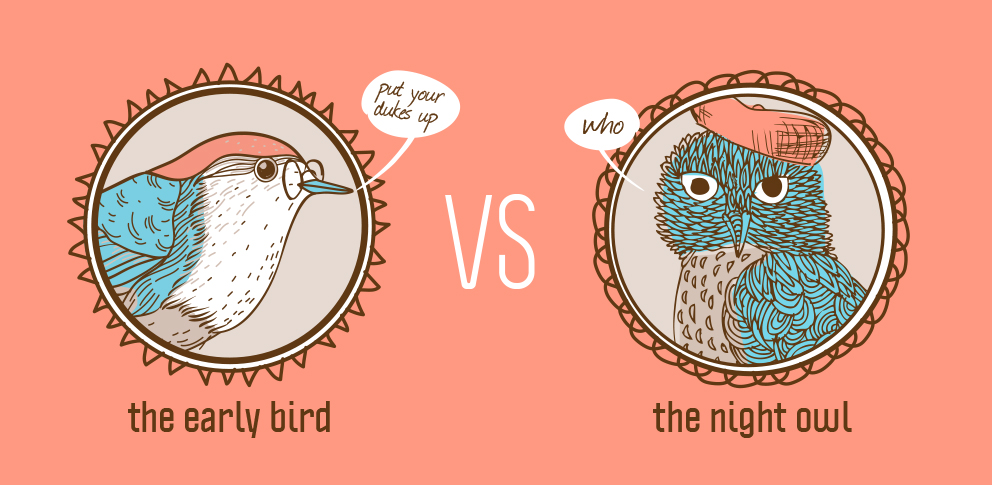Now Reading: Night Owls vs. Early Birds: Understanding Different Sleep Patterns
-
01
Night Owls vs. Early Birds: Understanding Different Sleep Patterns
Night Owls vs. Early Birds: Understanding Different Sleep Patterns

People naturally fall into different sleep patterns, with some thriving in the morning as early birds, while others feel most active at night as night owls. In India, including Tier-2 cities, lifestyle, work schedules, and social habits influence these patterns. Understanding the differences between night owls and early birds can help individuals optimize productivity, health, and daily routines according to their natural rhythms.
Early Birds: Advantages and Challenges
Early birds wake up naturally in the morning and tend to be most alert during the first half of the day. They often benefit from increased productivity in conventional work hours and may find it easier to maintain consistent routines. However, early birds may struggle with social activities or late-night work demands that fall outside their peak hours.
Night Owls: Advantages and Challenges
Night owls feel more energetic and focused in the evening or late at night. This schedule can support creativity, uninterrupted work, and flexibility for tasks outside standard office hours. The challenge for night owls is aligning their natural rhythm with early-morning commitments, which can lead to sleep deprivation, stress, and reduced daytime performance.
Impact on Health and Productivity
Both patterns have implications for health and productivity. Early birds may enjoy better alignment with traditional work and social schedules, potentially reducing stress. Night owls, if forced to adjust, may experience fatigue and lower cognitive performance. Understanding personal sleep preferences helps balance energy, work efficiency, and lifestyle choices.
Tips for Managing Different Rhythms
Recognizing your natural sleep pattern is the first step. Early birds should leverage morning productivity while reserving evening time for relaxation. Night owls can structure tasks during peak energy hours and gradually adjust wake times for professional commitments. Good sleep hygiene, consistent routines, and mindful scheduling benefit both groups.
Conclusion
Night owls and early birds each have strengths and challenges shaped by biology and lifestyle. By understanding these natural rhythms, individuals in Tier-2 cities can structure their days to maximize productivity, health, and well-being, while respecting their unique sleep patterns.

























